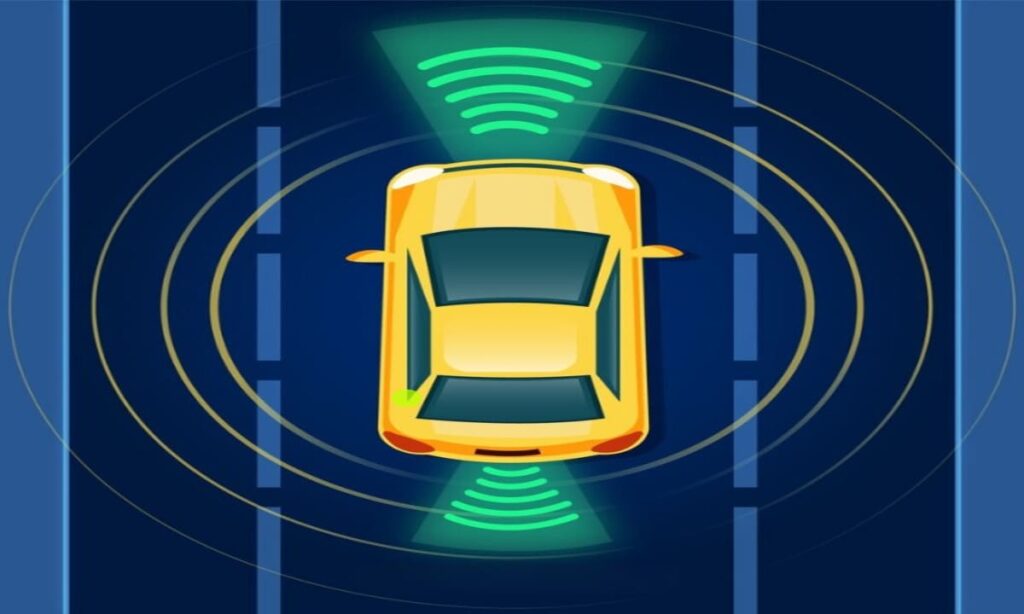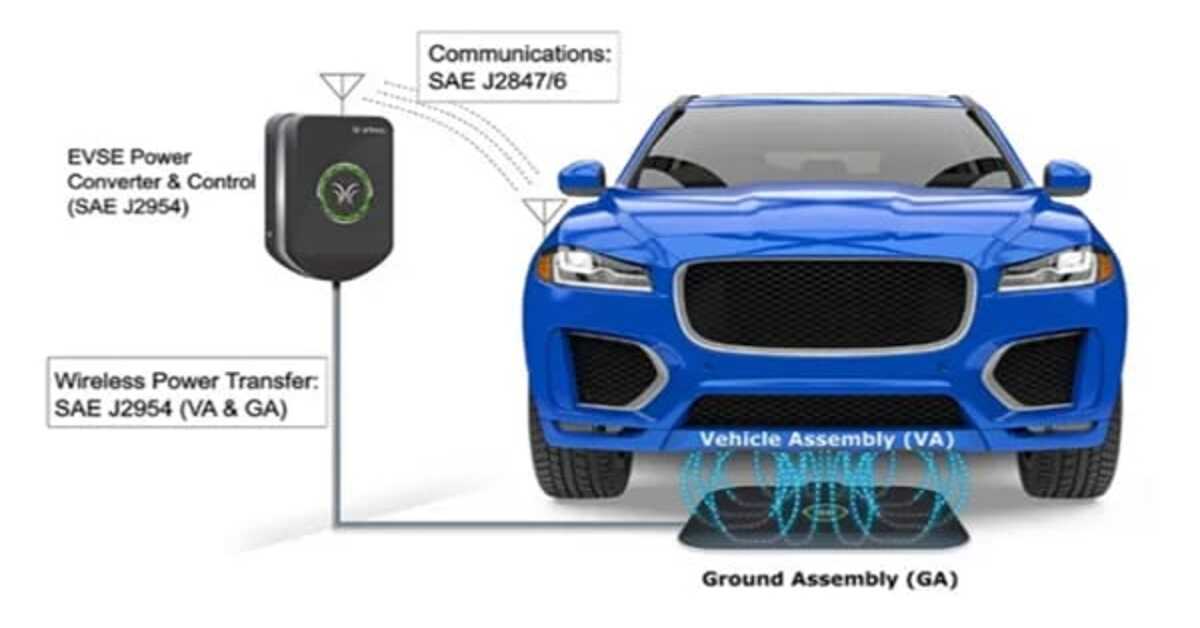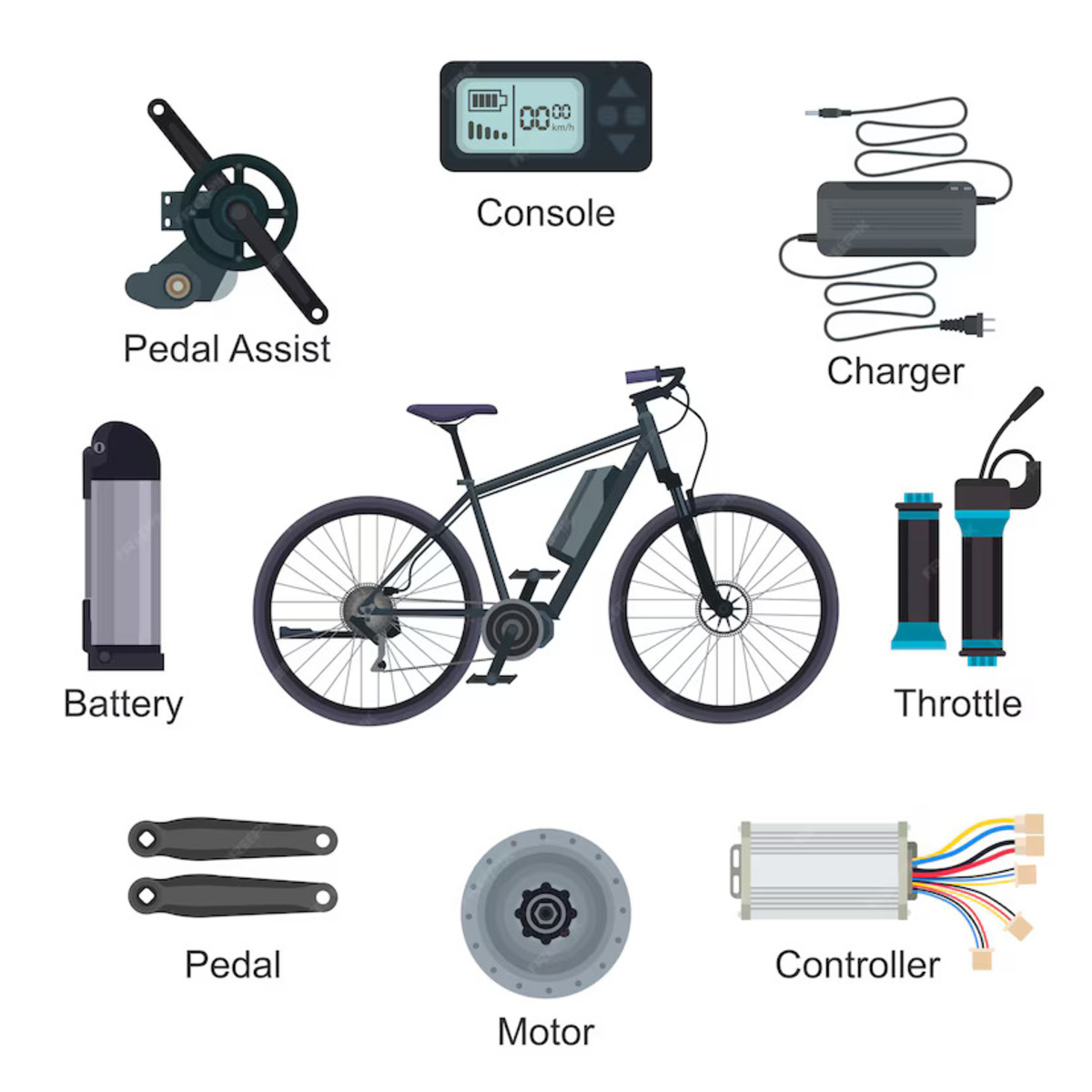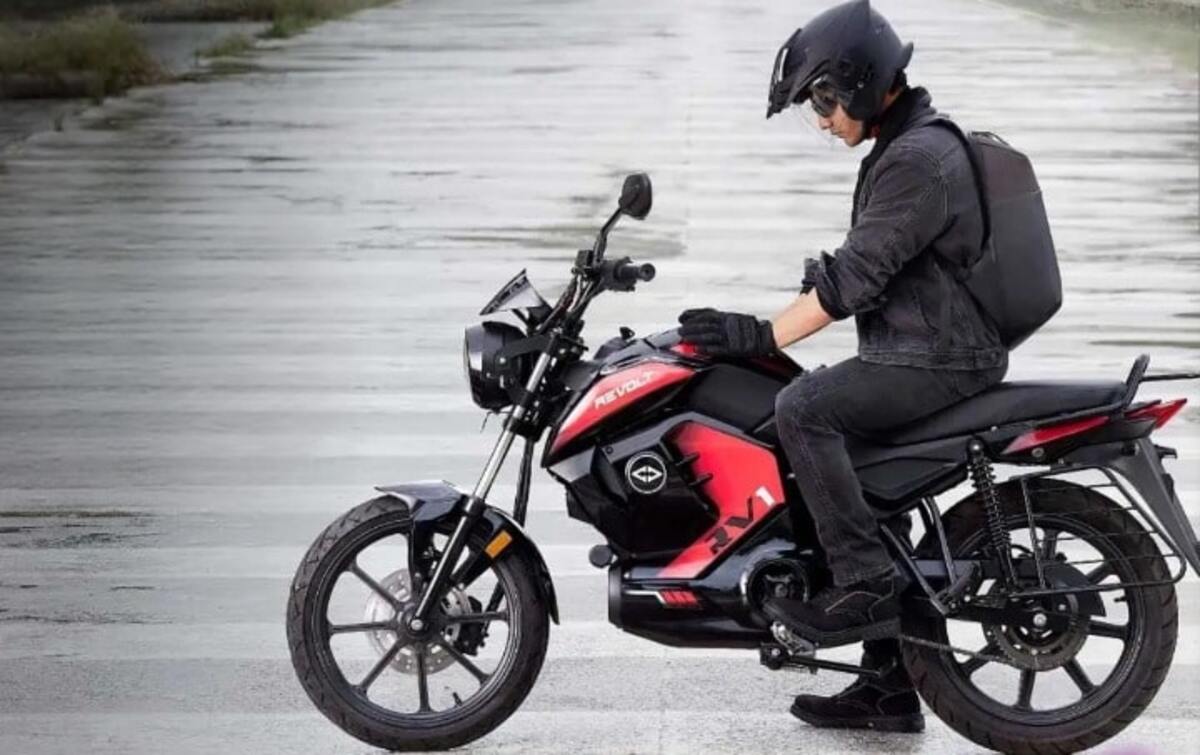With the increasing demand for electric vehicles, as we grapple to install several charging infrastructures, wireless charging for electric vehicles is a ray of hope. The invention of cutting-edge wireless charging or inductive technology will reduce the stress of the EV owner waiting in a long queue to get their vehicle charged. Electric vehicles set the stage for a fossil-fuel-free future, and wireless charging for electric vehicles is leading the charge.
Wireless Charging For Electric Vehicles
Wireless charging for electric vehicles is a technology that helps transfer electric energy from charging stations without using physical cables. It uses electromagnetic induction to transfer power from the transmit coil (the charging pad) to the receiver’s coil (inside the vehicle). It is the same way as when you charge your phone with a wireless charger, and magnetic coils inside the phone receive electricity from the transmit coil inside the charging pad.
What Does Wireless Charging For Electric Vehicles Do?
To get our car wirelessly charged, we need to make some changes to it. Inductive plates are to be installed under the car and under the road, and when both plates encounter each other, the charging system starts. The inductive plates of the road are directly connected to the power source, and the inductive plates of the car have a controller. When your car comes above the inductive plates, they generate a magnetic field, and with that, the process of transmitting electricity starts, and our car receives it. When electricity strikes our plates, then power goes to the controller and charges the battery.
Why Do We Need Wireless Charging For Electric Vehicles?
While driving the EVs, when you realize the battery is on the verge of death, it takes more time to charge it. With the availability of fewer charging stations, the accessibility of wireless charging for electric vehicles has become the best option. Dynamic wireless charging enables innovative concepts to charge commercial fleets, taxis, and autonomous EVs. on highways. It will diminish the need for colossal batteries, paving the way for more compact and environmentally friendly alternatives.
Government Push for Building Electric Highways
The government’s push to build electric highways for the Delhi-Jaipur Express Highway and the Delhi-Agra Yamuna Express was started in 2016. These highways will charge electric vehicles when they are moving on the road. It is expected to be the biggest electric highway.
Types of Wireless Charging Stations For Electric Vehicles
Wireless EV charging may be available in two parts: static EV charging stations and dynamic EV charging stations.
1. Static EV charging stations for electric vehicles

As the word ‘static’ itself indicates, ‘not moving’. It means that while charging the vehicle, these EV charging stations remain static. The electric vehicles are parked where the wireless charging coil is installed, and it charges automatically without plugging in. Home or office charging stations fall under it.
2. Dynamic EV charging stations for electric vehicles
Dynamic charging is expected to be built into the roads so that the EV gets charged automatically when you drive on the roads. It is anticipated that wireless charging will work smoothly on highway roads. Dynamic EV charging would alleviate the dreaded range anxiety of EV owners, and they could drive easily for long distances.
Benefits of Wireless Charging for Electric Vehicles
Here we will discuss the advantage of wireless charging for electric vehicles:
1. No requirement of Cable and Connectivity
The wireless charging for electric vehicles would make the lives of EV owners hassle-free as they do not need to carry heavy cables to charge the vehicle. Eventually, they need to park the electric car on a charging pad, and the car will charge automatically. If dynamic charging becomes a reality, then imagine its convenience.
2. Save Time and Effort
For wireless charging, as you do not need to plug in your vehicle when it is out of power, it surely saves your time and effort. It charges your vehicle very quickly. Dynamic wireless charging is useful to increase the range of the vehicle and erase the boundaries of limited travel.
3. Reduced Destruction
Safety is a paramount and surely non-negotiable aspect. If the charging point or wires are exposed to extreme heat or cold, sometimes there is a chance that they get damaged and become hazardous to the owner, but if there is no wire, it will lessen the destruction.
4. Charge Multiple Vehicles at a Time
The electric vehicle owner needs to park the car, and the single charging pad has the potential to charge multiple vehicles at a time. It will eliminate the requirement for charging stations and potentially lessen the need for large batteries, which will combat the range anxiety of the electric vehicle owner.
5. Luxurious and High-Tech Features
Wireless charging is a premium futuristic feature, and it will promote a high-tech and innovative brand image for charging point operators.
6. Flexible and Convenient Charging
Wherever the wireless charging pad is installed, electric vehicles are charged automatically without being anxious about plugging them in. It offers a flexible and convenient charging solution.
7. Futureproof
Wireless charging suits well for autonomous driving, where there is no need for human intervention to charge the vehicle.
Challenges of Wireless Charging for Electric Vehicles
However, adopting this wireless technology has enough potential to solve several problems, yet there might be some challenges to pursuing it. Let us take a brief look at the main limitations of wireless charging stations:
1. Cost
The cost of dynamic wireless charging stations will be astronomical as it requires tearing up the existing roads and putting new cables, sensors, and electric coils in them.
2. Communication at High Speed
How sensors will communicate or transmit energy to the receiver of the car that is running at high speed on the highway.
3. High Maintenance Costs
For dynamic wireless charging, magnetizable concrete or magment (magnet and cement) is required to build the road, as it claims 95% efficiency in wireless transmission and requires high maintenance costs.
You May Also Read:
Use of Artificial Intelligence in Electric Vehicle
How To Apply For Tata EV Charging Station Franchise
Complete Guide Of Solar EV Charging Stations
10 Reasons Electric Cars Will Be Cheaper
Conclusion
In summary, with the desire to make the environment clean, people are pushing away petrol or diesel vehicles, and with the increasing demand for eco-friendly electric vehicles, the demand for charging stations will surge automatically, leading to the rollout of wireless charging for electric vehicles in the next decade.
We can say that wireless charging offers flexible, luxurious, automated, and safe charging. It is a beacon of hope for a sustainable future. It builds a high-tech image for charging operators who will deploy this technology. Wireless charging is brewing a transformative evolution in EV charging technology that promises to make the charging process simpler in the coming years. While the adoption of wireless charging is gradual, it represents the future of seamless and uninterrupted EV charging.




